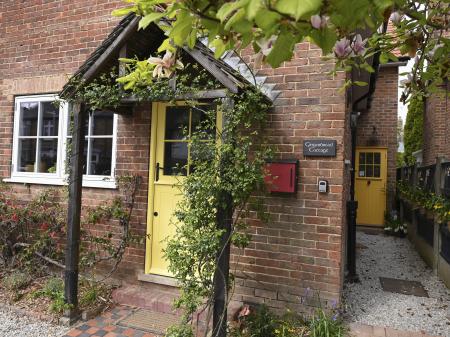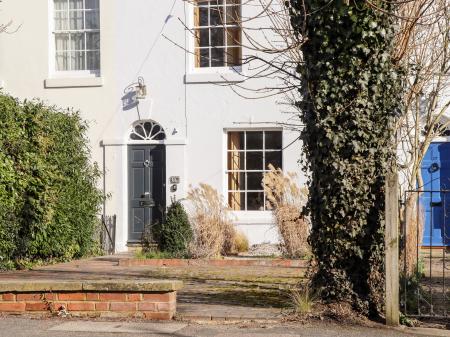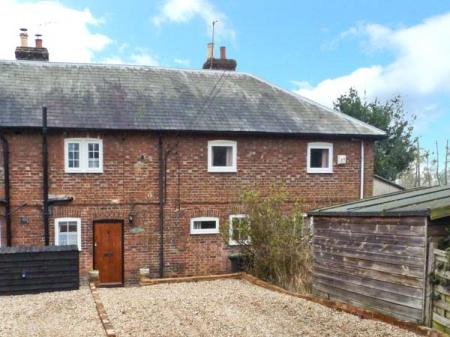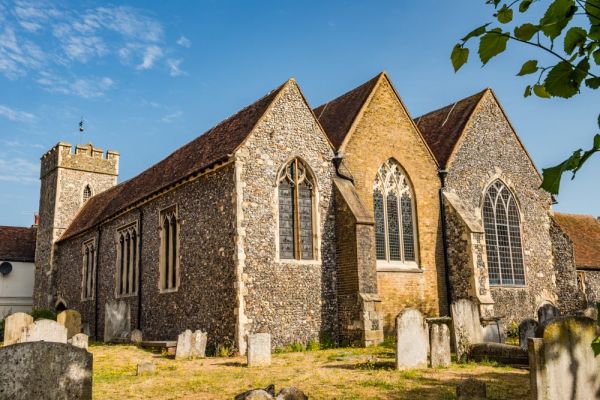
That original Roman church was rebuilt by St Augustine in the late 6th or early 7th century and was rebuilt once more in the late 11th century. The tower incorporates sections of Roman tile and Saxon cornerstones. That same tower houses a set of very ancient bells, dating respectively from 1325, 1430, 1599, and 1637.
In 1448 Henry VI gave Canterbury the right to elect a mayor. The 'Mayor-Making' ceremony was held here at St Peter's church. A special rest for the mayoral mace and sword can be seen within the church and many early mayors of Canterbury are buried within the church or in the churchyard.
A brass within the church commemorates the Huguenots and Walloons, Flemish weavers and cloth-workers who made up such a high proportion of the population in this area during the 16th and 17th centuries.
The font is Norman and made of Bethersden marble, surmounted by a 17th-century cover. The nave is 12th century, and there is some 14th century stained glass. The south aisle is 14th century, and there is an interesting memorial brass to John Lovelle (d. 1483).
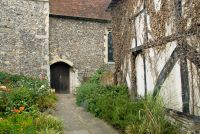
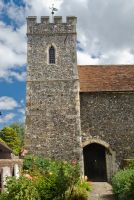
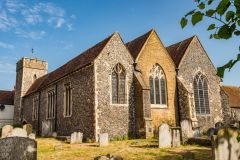
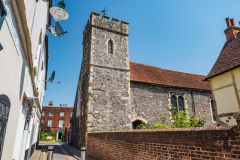
 We've 'tagged' this attraction information to help you find related historic attractions and learn more about major time periods mentioned.
We've 'tagged' this attraction information to help you find related historic attractions and learn more about major time periods mentioned.